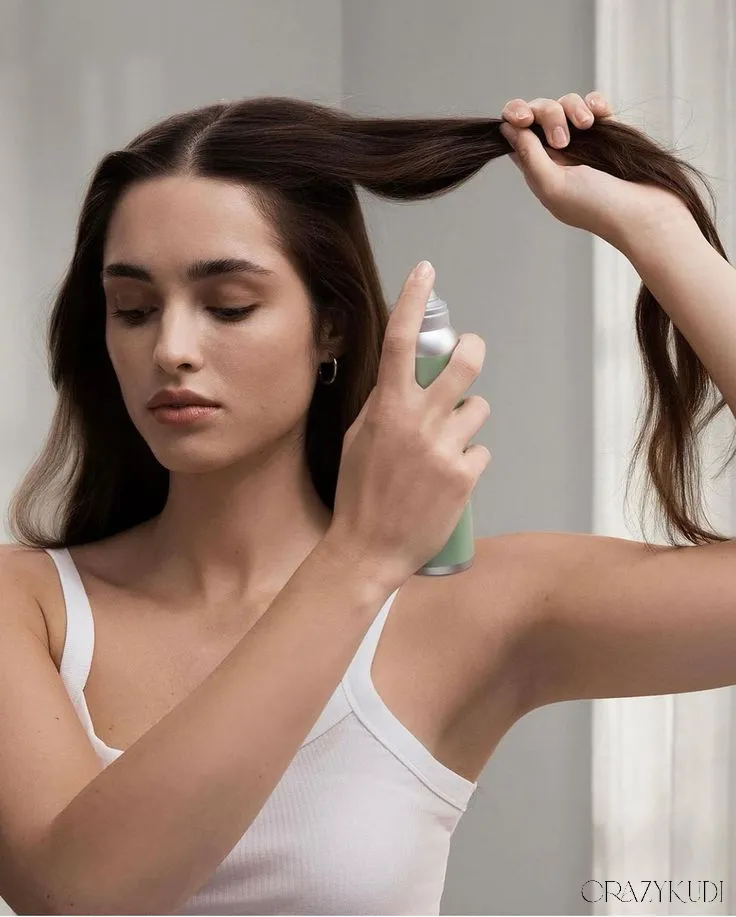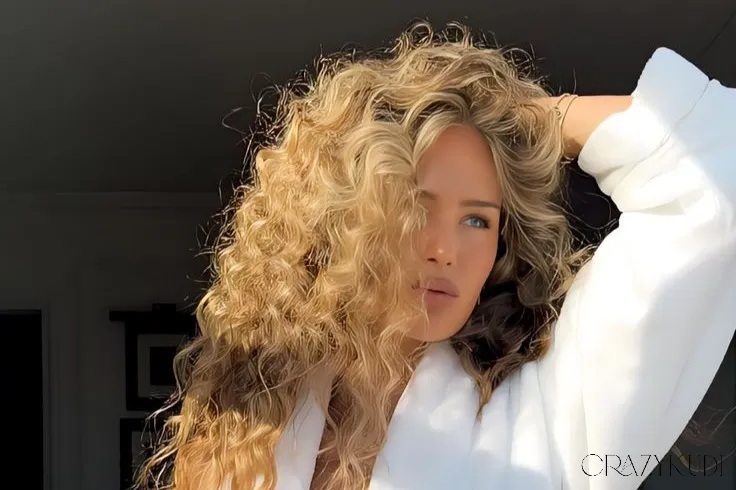Just like our skin, our hair undergoes significant changes as we age. It's a common concern I address frequently in my practice as a board-certified dermatologist. Patients often notice their hair isn't as thick, vibrant, or manageable as it once was, leading to questions about why it's happening and, more importantly, what can be done about it. Understanding the normal biological processes behind these changes is the first step toward effective management and maintaining the healthiest hair possible at any age.
Let's explore the most common age-related hair transformations:
1. Graying (Canities): Loss of Pigment
- What Happens: Hair strands lose their natural color, appearing gray, silver, or white.
- The Science: Hair color comes from melanin, a pigment produced by specialized cells called melanocytes located in the hair follicle bulb. As we age, these melanocytes gradually become less active and eventually die off. With fewer active melanocytes, less melanin is incorporated into new hair strands, resulting in gray (some pigment left) or white (no pigment) hair. Genetics plays the most significant role in determining when this process starts. Oxidative stress may also contribute over time.
- What You Can Do: This is primarily a cosmetic concern. Options include embracing the gray, using temporary root concealers, or opting for hair dyes (semi-permanent or permanent). If choosing color, consider gentler, ammonia-free formulas to minimize hair damage.
Also read: Honey on Your Face? A Dermatologist Weighs the Potential Benefits and Important Cautions
2. Thinning (Reduced Density and/or Diameter)
- What Happens: A noticeable decrease in the overall volume of hair. This can manifest as a wider part line, increased scalp visibility, a smaller ponytail diameter, or generally less dense hair coverage. Individual strands may also become finer.
- The Science: This is complex and involves several factors:
- Changes in the Hair Growth Cycle: Hair grows in cycles (anagen - growth, catagen - transition, telogen - resting/shedding). With age, the anagen (growth) phase often becomes shorter, meaning hair doesn't grow as long. More follicles also shift into the telogen (resting) phase, leading to increased shedding and fewer actively growing hairs at any given time.
- Follicle Miniaturization: In many people, particularly those with Androgenetic Alopecia (male-pattern or female-pattern hair loss), hair follicles shrink over time due to genetic predisposition and hormonal influences (like dihydrotestosterone - DHT). These miniaturized follicles produce progressively finer, shorter, lighter hairs (vellus hairs) until they eventually stop producing hair altogether.
- Reduced Follicle Density: The actual number of active hair follicles on the scalp naturally decreases slightly with age.
- Hormonal Shifts: Especially significant for women during and after menopause, the decline in estrogen can unmask the effects of androgens, contributing to female-pattern hair loss.
- What You Can Do: This often requires intervention for noticeable improvement.
- Medical Treatments:
- Minoxidil (Rogaine): Available over-the-counter (2% and 5%). Works by potentially prolonging the anagen phase and increasing blood flow. Requires consistent, ongoing use for results.
- Prescription Medications: Options (requiring dermatologist consultation) include Finasteride (primarily for men), Spironolactone (an anti-androgen often used for women), or low-dose oral Minoxidil.
- PRP (Platelet-Rich Plasma) Therapy: Injections of concentrated platelets from your own blood into the scalp may stimulate growth factors. Evidence is still evolving; multiple sessions needed.
- Low-Level Laser Therapy (LLLT): Devices (combs, caps) emitting red light may stimulate follicle activity. Requires consistent use; results vary.
- Rule Out Other Causes: It's crucial to see a dermatologist to confirm the cause of thinning, as thyroid issues, nutritional deficiencies (iron, Vit D), stress, or medications can also play a role.

3. Changes in Texture (Dryness, Brittleness, Coarseness)
- What Happens: Hair may feel less soft and smooth, becoming drier, more brittle, prone to breakage, or sometimes wirier and coarser.
- The Science: Sebaceous glands attached to hair follicles produce sebum, the natural oil that moisturizes the hair shaft. Sebum production often decreases with age, leading to natural dryness. Additionally, the cuticle (the outer protective layer of the hair shaft) can become rougher or thinner due to cumulative environmental damage (sun, heat styling, chemical treatments) and potentially age-related structural changes, contributing to brittleness and altered texture. Gray hairs often have a different texture, sometimes feeling coarser.
- What You Can Do: Focus on hydration and gentle handling.
- Moisturizing Products: Use hydrating shampoos and conditioners. Incorporate deep conditioning treatments or hair masks regularly. Leave-in conditioners and hair oils (like argan or jojoba) can help seal in moisture and smooth the cuticle.
- Gentle Hair Care: Minimize heat styling and use heat protectant sprays. Avoid harsh chemical treatments or space them out. Use a wide-tooth comb on wet hair. Be gentle when towel-drying. Consider silk or satin pillowcases to reduce friction.
4. Slower Growth Rate
- What Happens: Hair simply seems to take longer to grow in length.
- The Science: This is directly related to the shortening of the anagen (growth) phase of the hair cycle mentioned earlier. Fewer follicles are in the active growth phase at any time, and those that are may stay there for a shorter duration.
- What You Can Do: While you can't fundamentally change the length of your hair cycle phases through simple means, ensuring optimal scalp health and nutrition provides the best environment for the growth that is occurring. Treatments like Minoxidil aim to prolong this growth phase.
Also read: Starting a "Natural" Skincare Routine: A Dermatologist's Guide to Safe & Effective Choices
Supporting Healthy Hair Aging: Lifestyle Matters
Beyond specific treatments:
- Scalp Health: Maintain a clean, healthy scalp free from excessive buildup or inflammation. Gentle massage may improve circulation.
- Nutrition: Ensure a balanced diet rich in protein, iron, zinc, biotin, vitamins D and E, and omega-3 fatty acids. Address any deficiencies identified through blood tests.
- Hydration: Drink plenty of water.
- Stress Management: Chronic stress can contribute to hair shedding (telogen effluvium).
- Avoid Smoking: Smoking impairs circulation, which can affect hair follicle health.
Conclusion:
Changes in your hair are a natural aspect of aging, driven by genetics, hormones, and physiological shifts. While graying is largely cosmetic, thinning and textural changes can often be managed or improved with the right approach. Understanding why these changes occur empowers you to seek appropriate solutions, whether it's adjusting your hair care routine, focusing on nutrition, or exploring medical treatments like Minoxidil under the guidance of a dermatologist. If you're concerned about significant hair thinning or loss, a consultation with a board-certified dermatologist is always the best first step to get an accurate diagnosis and personalized treatment plan.

